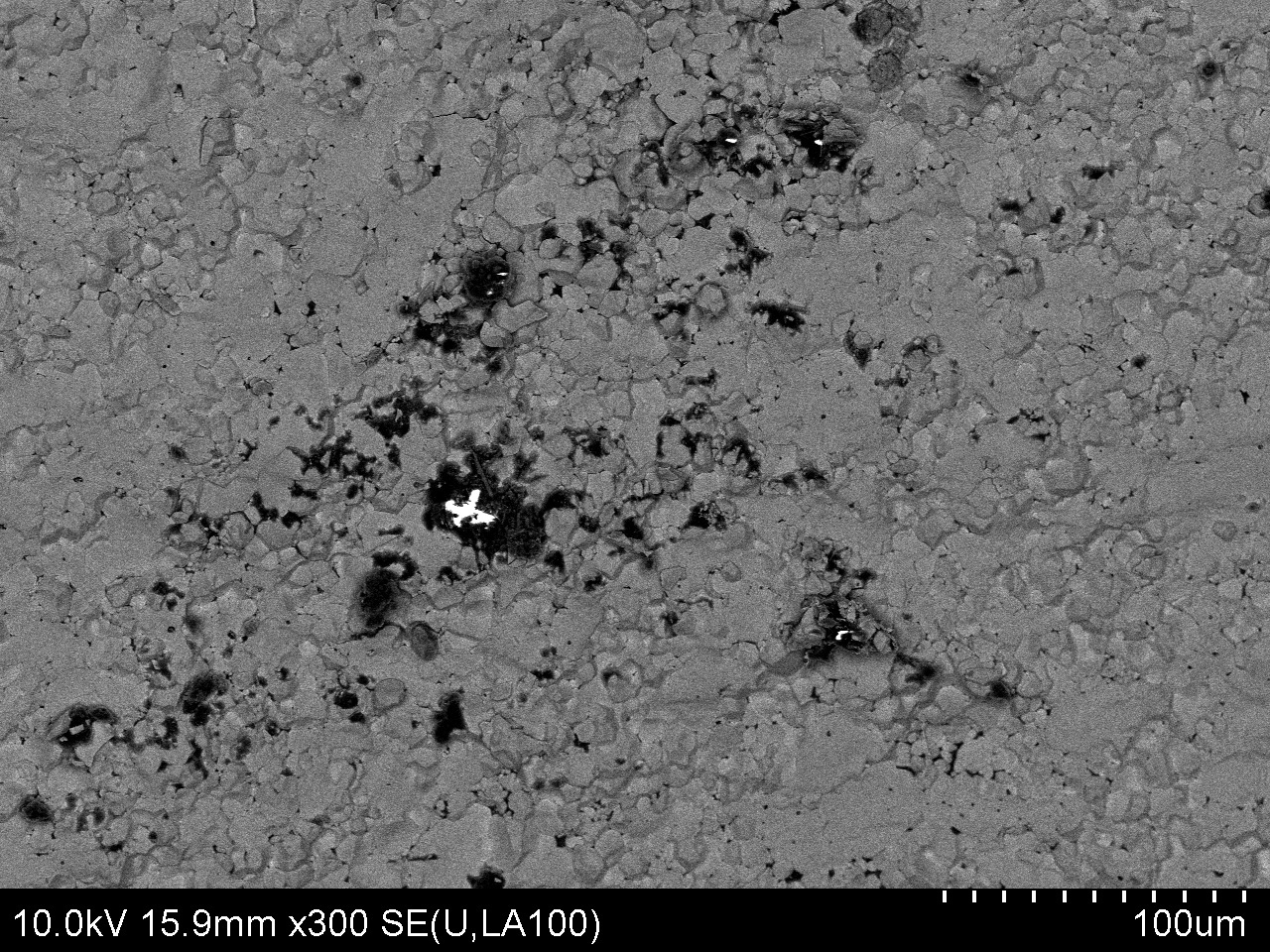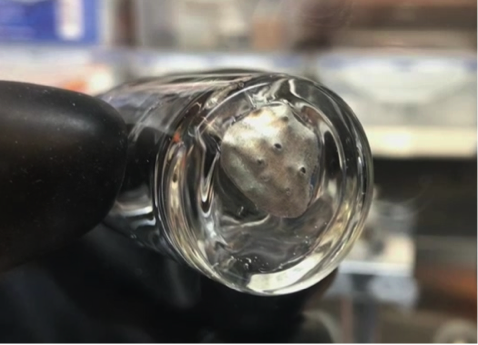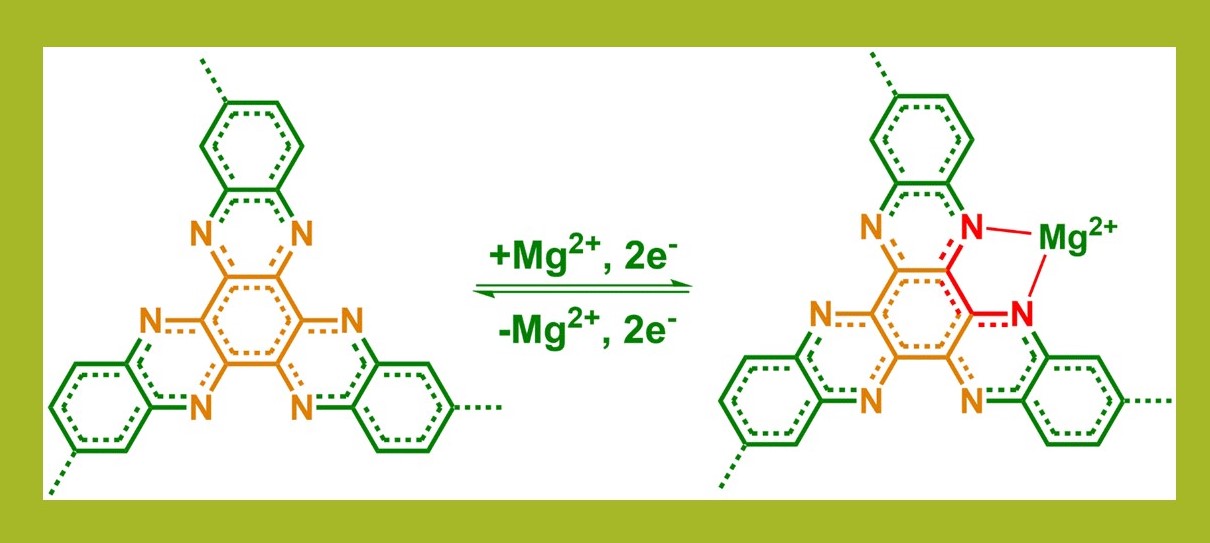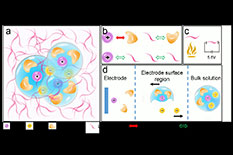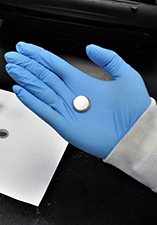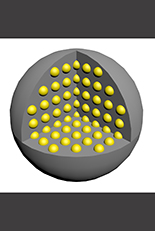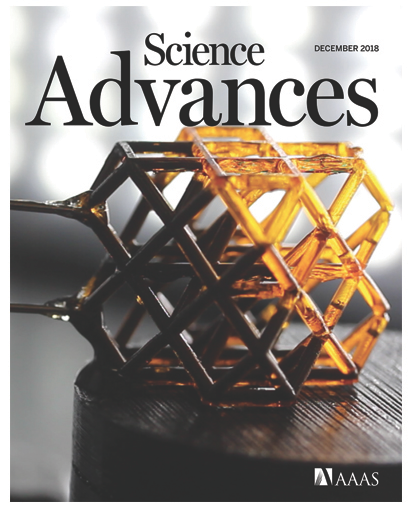News Story
Wang Group Develops Highly Reversible 5.3 V Battery
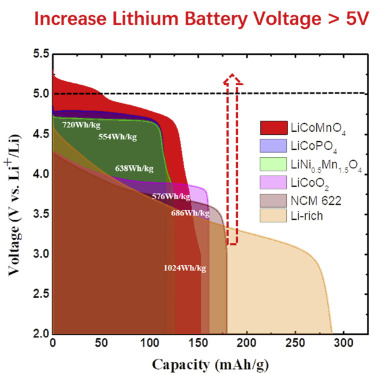
Over the last several years, increasing the energy density of batteries has been a top priority in battery technology development, congruent with increasing demands for faster mobile devices and longer-lasting electronic vehicles. The energy density of lithium-ion batteries can be enhanced by either increasing the capacity of electrodes, or by enhancing the cell voltage (V). Extensive research has been devoted to exploring the pairing of various materials in the search for the most efficient cathode/anode mix, but until now, only limited advances have been achieved due to the narrow electrochemical stability window of traditional electrolyte.
Researchers at the University of Maryland (UMD) led by Chunsheng Wang – a professor with joint appointments in the Departments of Chemical & Biomolecular Engineering (ChBE), and Chemistry & Biochemistry – have developed a highly reversible 5.3 V battery offering a Mn3+-free LiCoMnO4 cathode, and graphite and Li-metal anodes.
A specially designed electrolyte was also created, which is stable to 5.5V for both the LiCoMnO4 cathode and (graphite and Li-metal) anodes. This resulted in a 5.3V Li-metal cell, delivering a high energy density of 720Wh/kg for 1k cycles. What’s more, this battery chemistry boasts a Coulombic efficiency of >99%, offering new development opportunity for high-voltage and energy Li-ion batteries.
Long Chen – a ChBE post-doctoral research associate – and Xiulin Fan – a ChBE assistant research scientist – served as first authors on the corresponding research paper, published in Chem on February 28, 2019.
“We are pleased to announce that we have created a stable 5.3V battery,” said Long Chen. “The key is the super electrolytes with an especially wide electrochemical window of 0 - 5.5V – this is due to the formation of robust interfacial layer on the electrodes.”
Said Wang, “The high voltage electrolytes enable us to use high voltage cathode and high capacity Si- and potential Li-metal anodes, which will significantly increase the cell energy density. However, the Coulombic efficiency of >99% for 5.3V LiCoMnO4 still needs improvement to achieve a long cycle life.”
For additional information:
Chen, L., Fa, X., Hu, E., Ji, X., Chen, J., HouS., Deng, T., Li, J., Su, D., Yang, X., Wang, C. “Achieving High Energy Density through Increasing the Output Voltage: A Highly Reversible 5.3 V Battery.” Chem, 28 February 2019. https://doi.org/10.1016/j.chempr.2019.02.003
Published March 6, 2019
